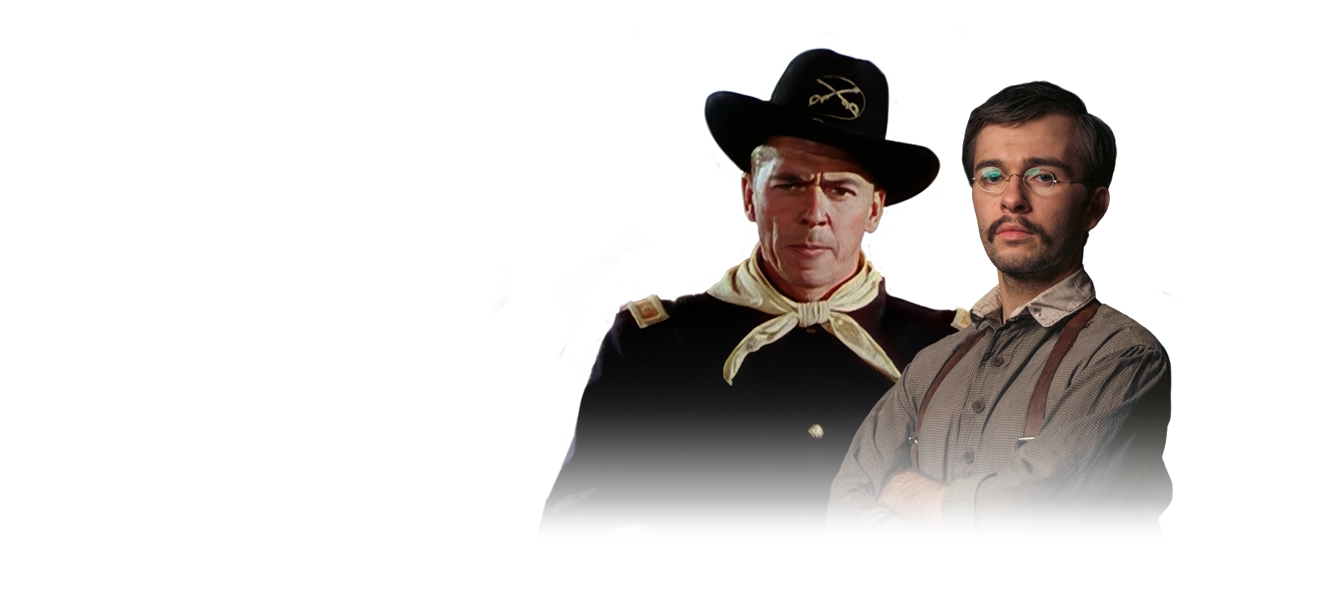
Steven Kilzer, Custom Eyewear
Steven Kilzer
Unable to find work after the 2008 recession, Steven Kilzer changed his perspective on job hunting. He gave himself a job! Not satisfied with the quality of eyewear made by major brands, he began making sunglasses in a Montana garage, teaching himself the meticulous craft of handmade acetate and wood frames. Today, the skilled craftsmen employed by Capital, his San Francisco-based design and manufacturing studio, still make every frame ordered by hand with outstanding attention to detail.
Have you always worked with your hands?
I have always enjoyed building things but until I was about 20, I did most of my building in the digital world. Making things on a computer is fun but whatever you make lives at least partially in a world you need a phone or computer to access. As soon as I started making glasses, I fell in love with that part of it. Making something that I could use in day to day life was really fun to do.
What drew you to your chosen craft?
When I was a kid I wanted to design cars but quickly realized that modern cars are built by scores of people. As the saying goes, too many cooks spoil the broth and I think if you look at most cars these days, the broth is pretty ugly. There’s something about glasses that’s very similar to cars. They both sit somewhere between a tool and a piece of art but you don’t need an army of people to design glasses.
 What do you enjoy most about your craft?
What do you enjoy most about your craft?
The transformation from raw materials to a finished pair of glasses still gets to me. Somewhere along the way, a little bit of magic works its way in. I imagine it’s like that for a lot of things people make. What it started as is so different from the finished piece that it’s hard to believe they are the same thing.
How long did it take you to become an expert?
It’s been 6 years and I’m still working on it.
Do you feel like you are still learning?
Definitely. Building a process to make something is a never ending journey. There is always room for improvement and you are never done.
How many hours do you spend making each item?
Each frame takes about 3-4 weeks to go from raw materials to a finished frame.
If you could spend a day with a master of your craft (past or present), who would it be and why?
William Beecher, the founder of American Optical. He started making spectacles in 1826 when he saw an imported pair and said to himself, “I can do it better.” From the design of the Wayfarer for Bausch and Lomb, to inventing the process for injection molded frames, American Optical has had an incredible influence on eyewear manufacturing and design. I think we’d have a lot to talk about.
Is there any one person who has bought/used any of your products that makes you especially proud?
Anyone who appreciates the quality. We’ve had some celebrities here and there, but nothing makes me as happy as hearing someone say our glasses are their favorite pair.
Why is it important for people to make things with their own hands?
Making things with your own hands is sort of meditative. Many of the things people do for work these days are abstract and have results that are very distant from the work. Making something by hand happens right in front of you and when you’re done, it’s a really good feeling that gives you confidence in other parts of life.
In what ways are handmade goods better than those that are mass-produced?
The goal of mass production is usually along the lines of “How many widgets can we make and how little can we spend making said widgets?” This attitude inevitably leads to corner cutting. Making things by hand feeds a desire to do every step of the process in the best way possible. Because of the time spent with your hands occupied but your mind relatively free, it also forces you to think about every detail. Inventively you start thinking about ways to make whatever you’re working on better and implement those ideas immediately or on the next thing you make. It’s a fast feedback loop that mass manufacturing just can’t touch.



 Available on Channel 1420 in the United States
Available on Channel 1420 in the United States  Available in the United States
Available in the United States  Available on Channel 209 in Canada
Available on Channel 209 in Canada  Available in the United States
Available in the United States 
 Available in the United States
Available in the United States  Available in the United States
Available in the United States  Available in the United States
Available in the United States  Available in the United States & Canada
Available in the United States & Canada  Available in the United States
Available in the United States  Available in the United States
Available in the United States  Available on Channel 839 in the United States
Available on Channel 839 in the United States  Available in the United States
Available in the United States 